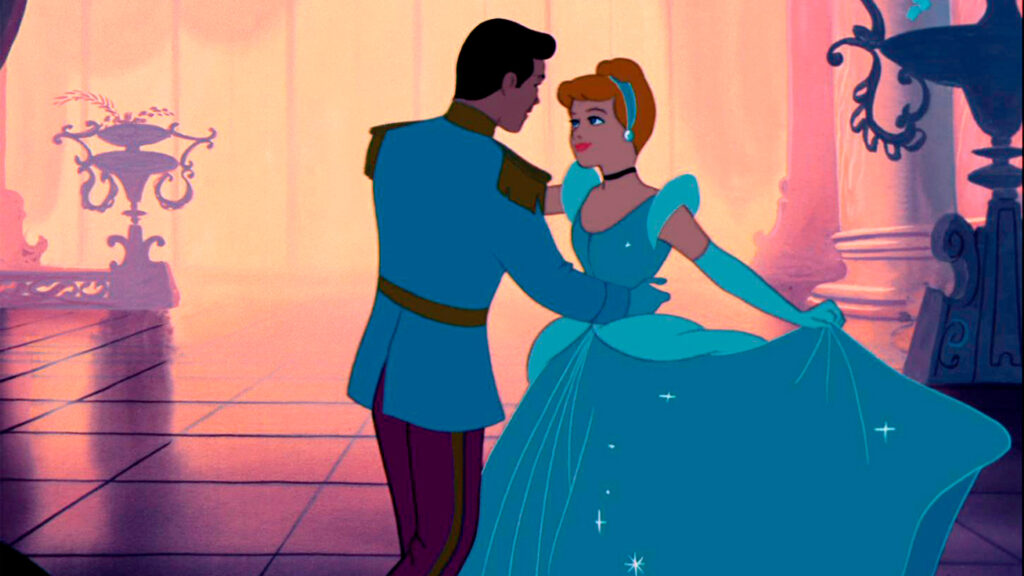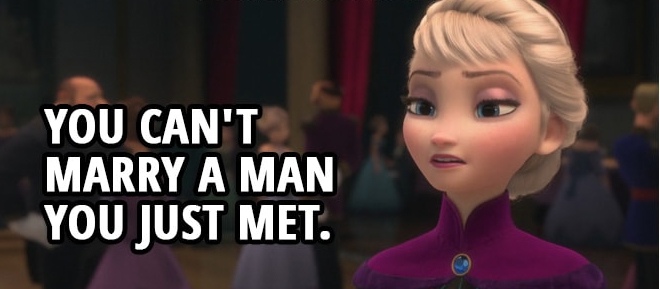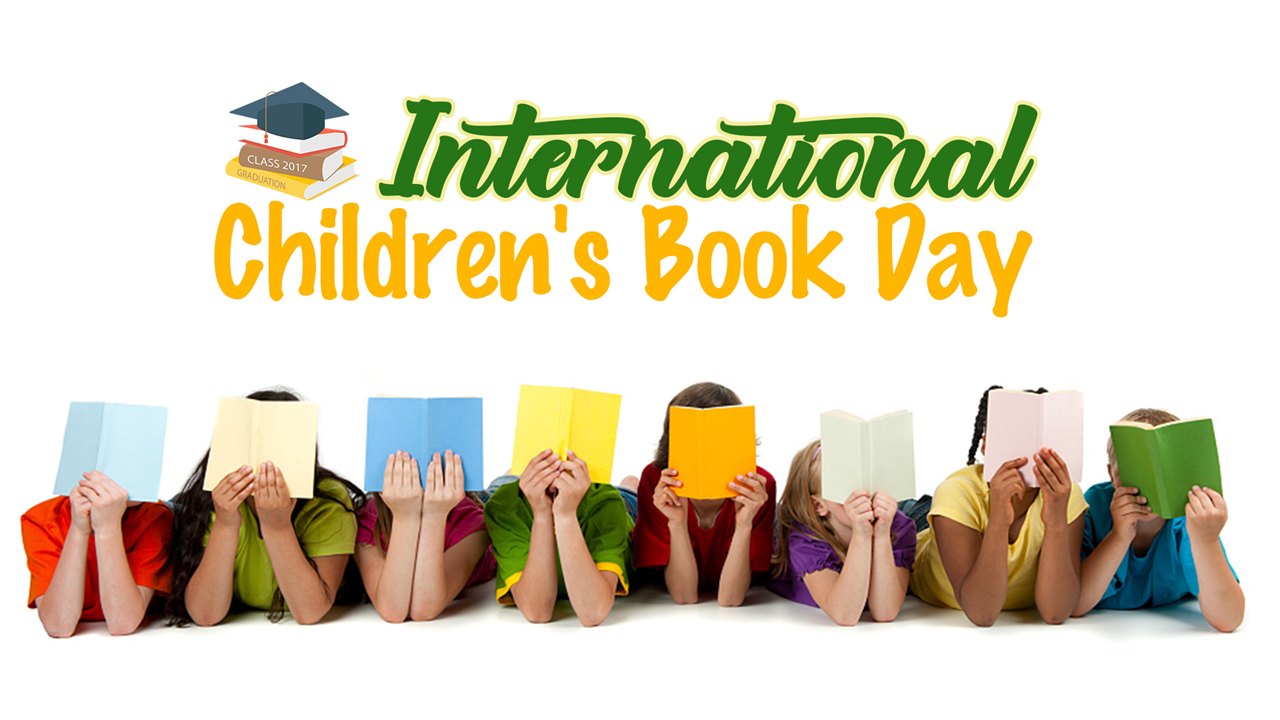By Maria Papagiannopoulou,
Every April 2nd, International Children’s Book Day is encouraging children to pick up a book and read it. It is the same day as Hans Christian Andersen’s birthday, the author of many classic children’s stories such as The Little Mermaid (1837) and The Ugly Duckling (1843). Therefore, the date of April 2nd was chosen to commemorate this day for young literature enthusiasts. The International Board on Books for Young People, or IBBY, organized the event with the goal of encouraging young people to read. IBBY was founded in 1953, in Zurich, Switzerland, and now has 70 national sections all around the world. There will be a number of events held throughout the world on International Children’s Book Day, including writing competitions and speeches from notable authors and illustrators.
While you may be familiar with well-known works, such as Harry Potter (1997-2007) and Alice’s Adventures in Wonderland (1865), there are numerous wonderful children’s novels out there waiting to be discovered — not just by children, but also by adults with a child’s spirit!
What is the best way to celebrate this day? By reading your favorite book, of course.

My favorite book as a child was Cinderella (or Cendrillon ou la Petite Pantoufle de verre, 1697) by Charles Perrault. This is a narration of a poor girl’s passivity towards her being mistreated, which ends with a fairy godmother’s reward and the love of a prince. It is a simple reminder to treat everyone with kindness. Cinderella’s story has evolved over time, from 17th century France to the present, though some believe it dates back even further. However, it has not always been popular, and the story’s rise and fall provide a unique view into what our culture expects of and from women.
Few eras in Cinderella’s history can match the 1950s in North America and the United Kingdom. The story’s cultural domination at the time was fueled in part by the remarkable success of Walt Disney’s animated Cinderella, which was released in 1950. However, by the late 1940s, the narrative had already been recounted in innumerable children’s picture books, romantic fiction, and ballet and theatrical performances.
Why was the narrative so popular in the late 1940s and early 1950s? In North America, “rags to riches” stories had long been popular. Women’s delight in transformations and the thought of liberation from household duty in postwar Britain can be explained by their dissatisfaction with rationing and austerity. A Royal Wedding (1947) and Elizabeth II’s coronation (1953) sparked fantasies of fairytale romance, golden carriages, gorgeous gowns, and gleaming crowns.
The image of a young lady meeting her prince, marrying young, and living happily ever after appealed to many young women in the 1950s. In both the United States and the United Kingdom, the age of marriage was decreasing, and it became customary to think of oneself as “left on the shelf”, if not married by the age of 21. With titles like Young Romance (1947) and Young Love (1949), a rush of new romance comics and periodicals geared exclusively at young women spread this message.
There were perhaps 150 such titles on the newsstands in the early 1950s. One such example was Cinderella Love. It included stories like Rustic Cinderella and My Prince Charming, as well as tips on how to attract and keep Mr. Right. These titles advised their readers that young men did not always agree with their female counterparts on the topic of early marriage, but that they might be enticed by the prospect of sex. On both sides, there was a predatory element to this.

It was hoped that finding the perfect man would result in a happy ending. For a girl barely out of her teens, it is a large order, but also a type of imaginative and narrative closure.
By the end of the next decade, it was evident that the dream was not as realistic as it turned out. Early marriages were especially vulnerable to disintegration, especially as life expectancy increased. Women were becoming more independent and resourceful as a result of improved education and a wider range of work opportunities. The introduction of the contraceptive pill and the availability of legalized abortion weakened the belief that sexual behavior should be kept within the confines of marriage. Both men and women were questioning the usefulness and attractiveness of traditional gender roles by the 1970s.
The idea of one true love — a partner who would supply all of their needs, both financial and emotional, for the next 60 years or more — seemed, to say the least, hopeful.
Stephanie Coontz and Claire Langhamer, family historians, have emphasized how rising expectations of marriage, particularly the notion that it should be based on love and lifetime romance rather than the more practical considerations of property and family, have jeopardized the institution’s stability. Marriage is certainly under strain in an era that values individualism and sexual self-fulfillment alongside everlasting fidelity.
The books and Ted presentations by Belgian psychotherapist Esther Perel, which address some of these pressures and tensions, have a huge following right now. Social scientists like Erik Klingenberg and Bella DePaulo illustrate that the “conventional” nuclear family model of living, with a breadwinner husband, a dependent wife, and two or three children, is no longer applicable for an increasing number of people. Loving and living patterns are shifting.
The princesses, too, have evolved.

Female protagonists in recent Disney films have been a lot sassier than those in the 1950s. Tiana, Rapunzel, Merida, and Moana have a lot more “personality” than Snow White, Cinderella, or Aurora, who are all wide-eyed and wittingly obedient. Whereas earlier princesses sang beside bluebirds and mice that assisted them with home duties, today’s heroines would not appreciate being encased in pumpkins or palaces. They also do not fall in love with anything princely in tights right away. Meanwhile, modernized versions of Cinderella have been released.
The heroines of Disney’s 2013 film Frozen, on the other hand, have truly caught the hearts and imaginations of modern audiences. Anna and Elsa are two sisters who are both flawed and likable. Elsa is far too engaged with resolving the turmoil in her own life to be preoccupied with princes. Anna chooses sisterly loyalty and adventure over a prince who is less than charming. The girls are brave, intrepid, and live for adventure. There is no easy romance here, nor is there any idea that falling in love is simple or that it represents the end of a story. For a woman, a man may be a friend or comrade on a trip, but he is no longer an end.
This is possibly the crux of the issue. Cinderella has an unattainable dream: she is not a good role model for today’s young girls who are thinking about their future and is unlikely to reclaim her 1950s-era grip on the feminine imagination. Is it time to put an end to the danger of a midnight curfew, and perhaps all Cinderella stories?
References
- Cinderella, wikipedia.org, Available here
- How Disney Princesses Have Changed Over Time and What We Can Expect in the Future, brightside.me, Available here
- From Snow White to Moana: The Evolution of Disney Princesses, stanforddaily.com, Available here
- Cinderella Summary, booksummary.net, Available here




